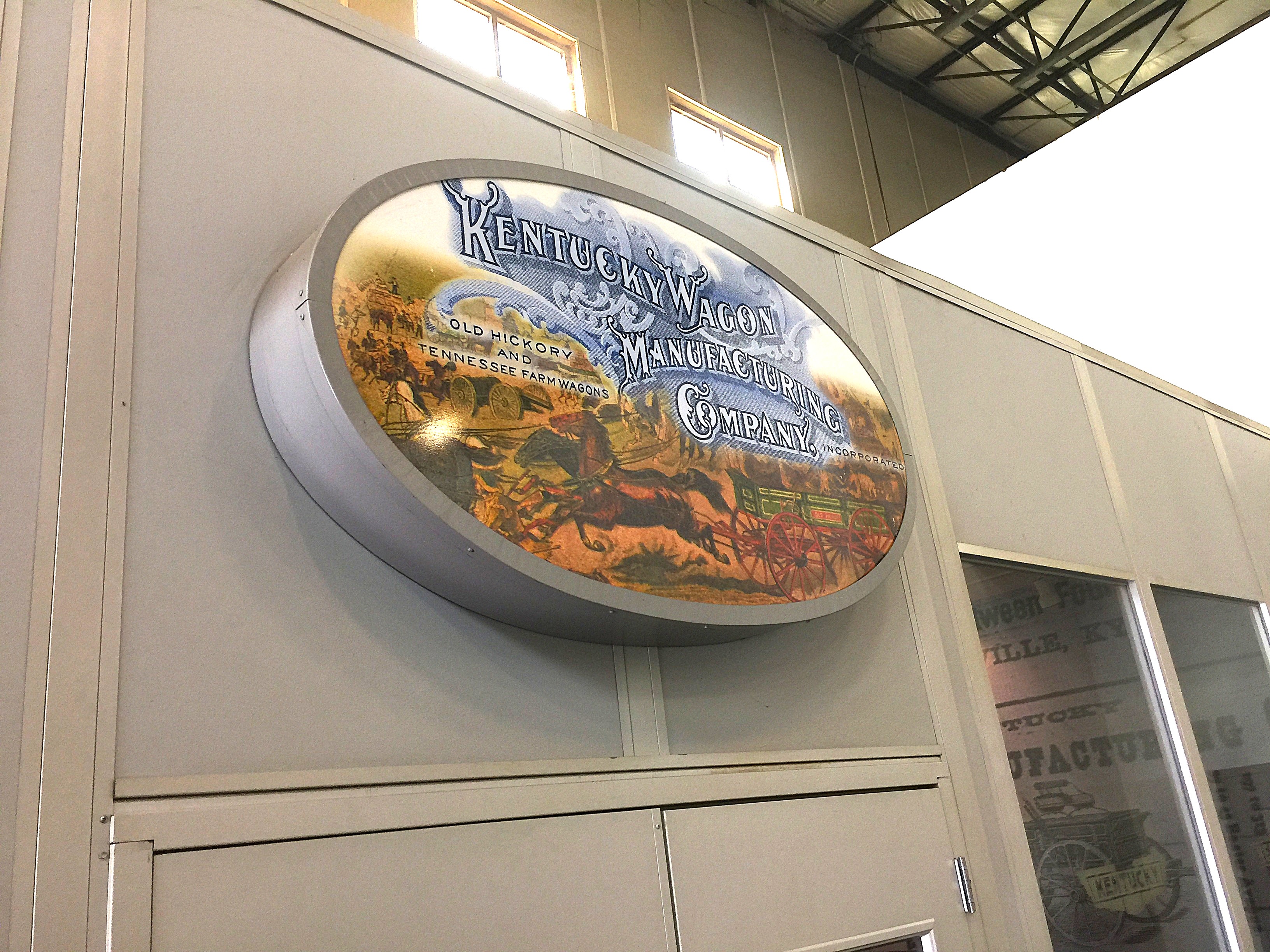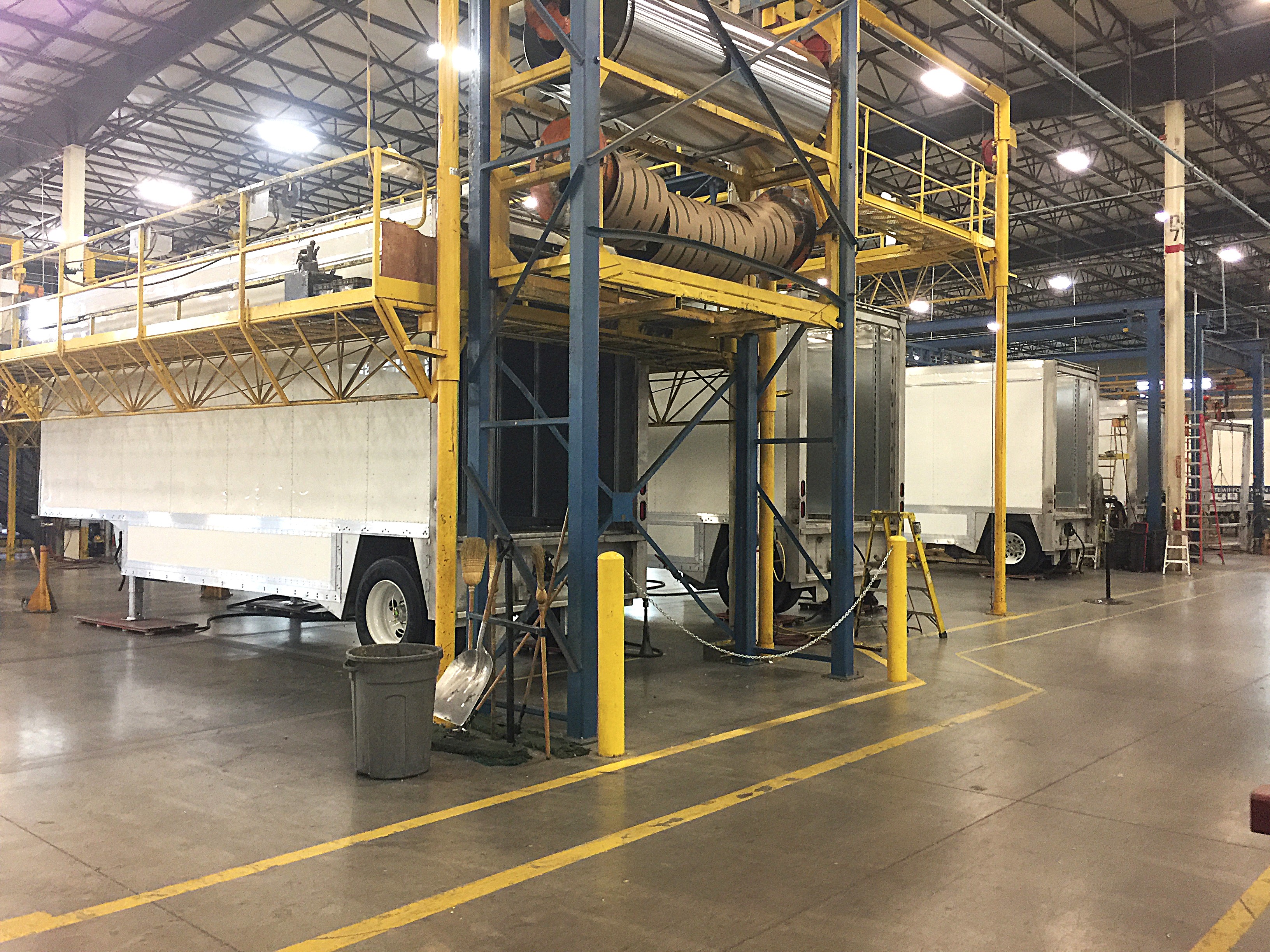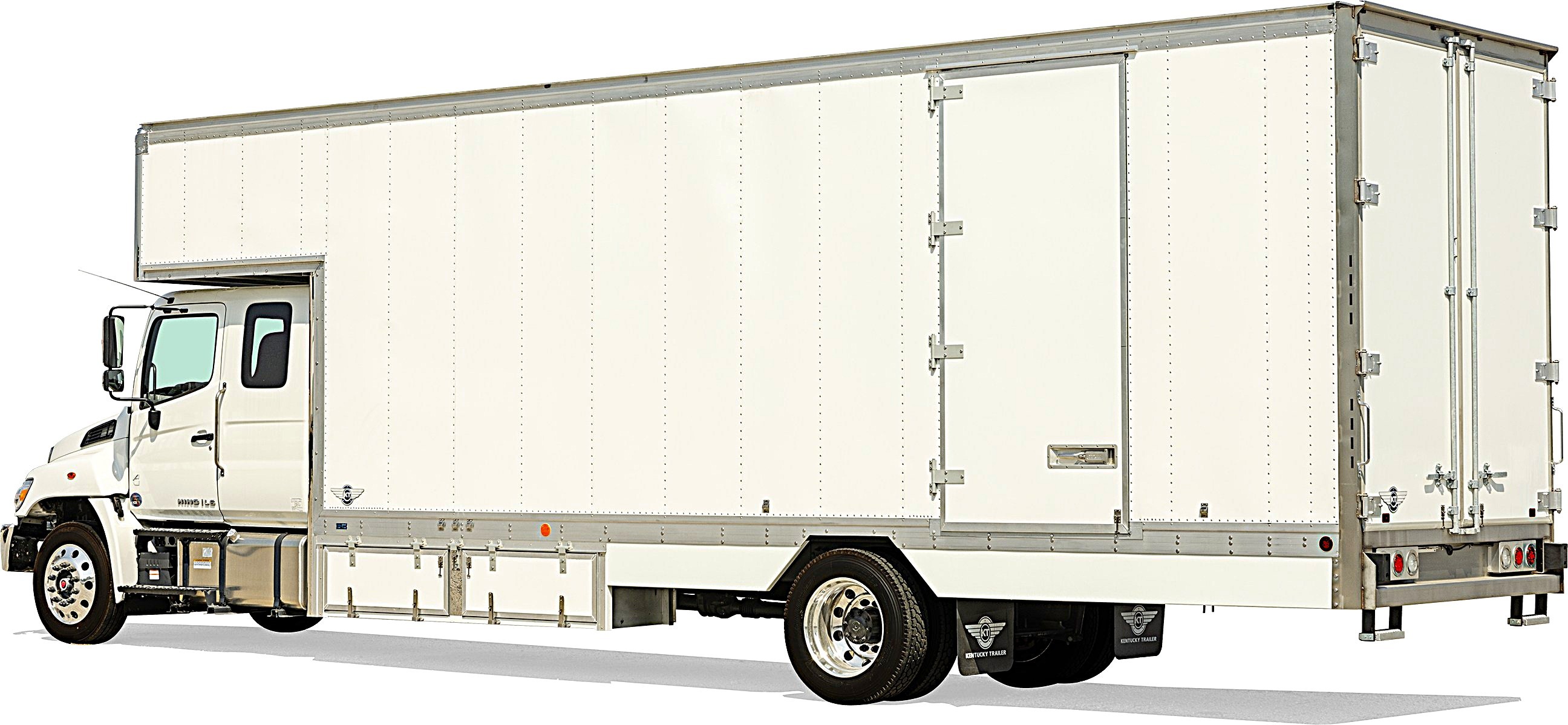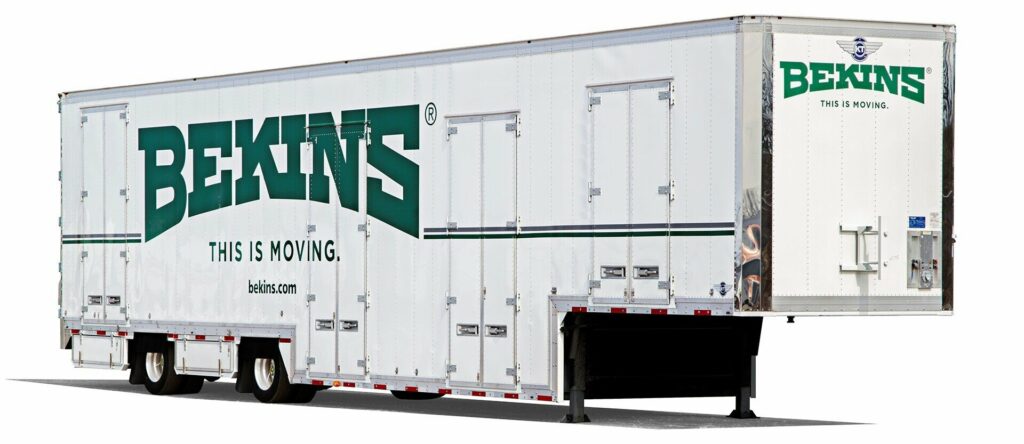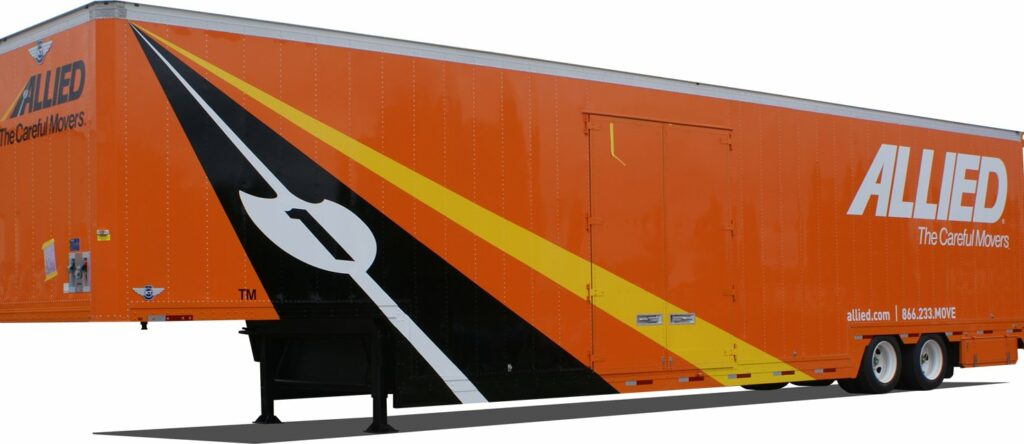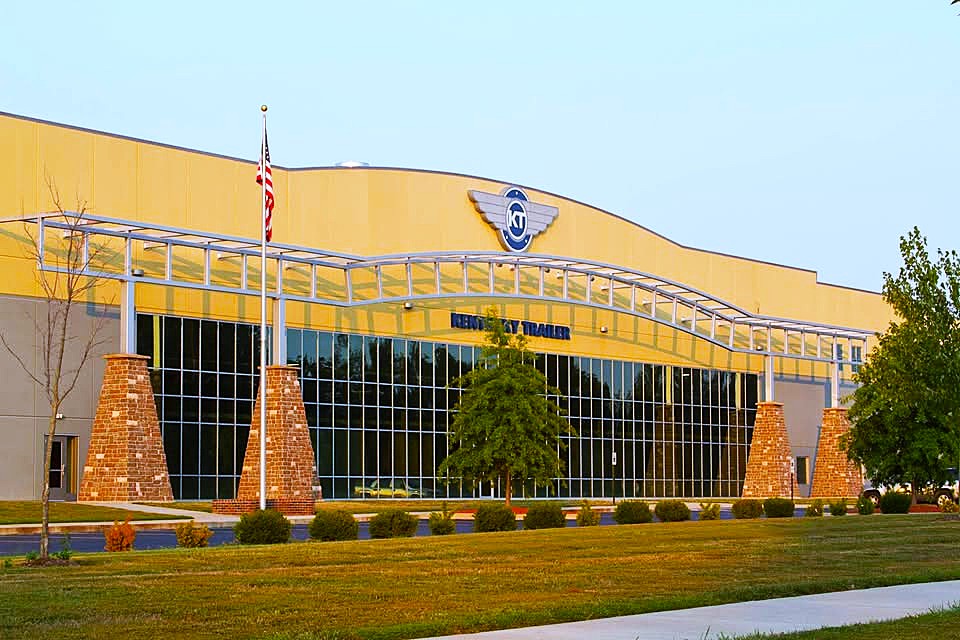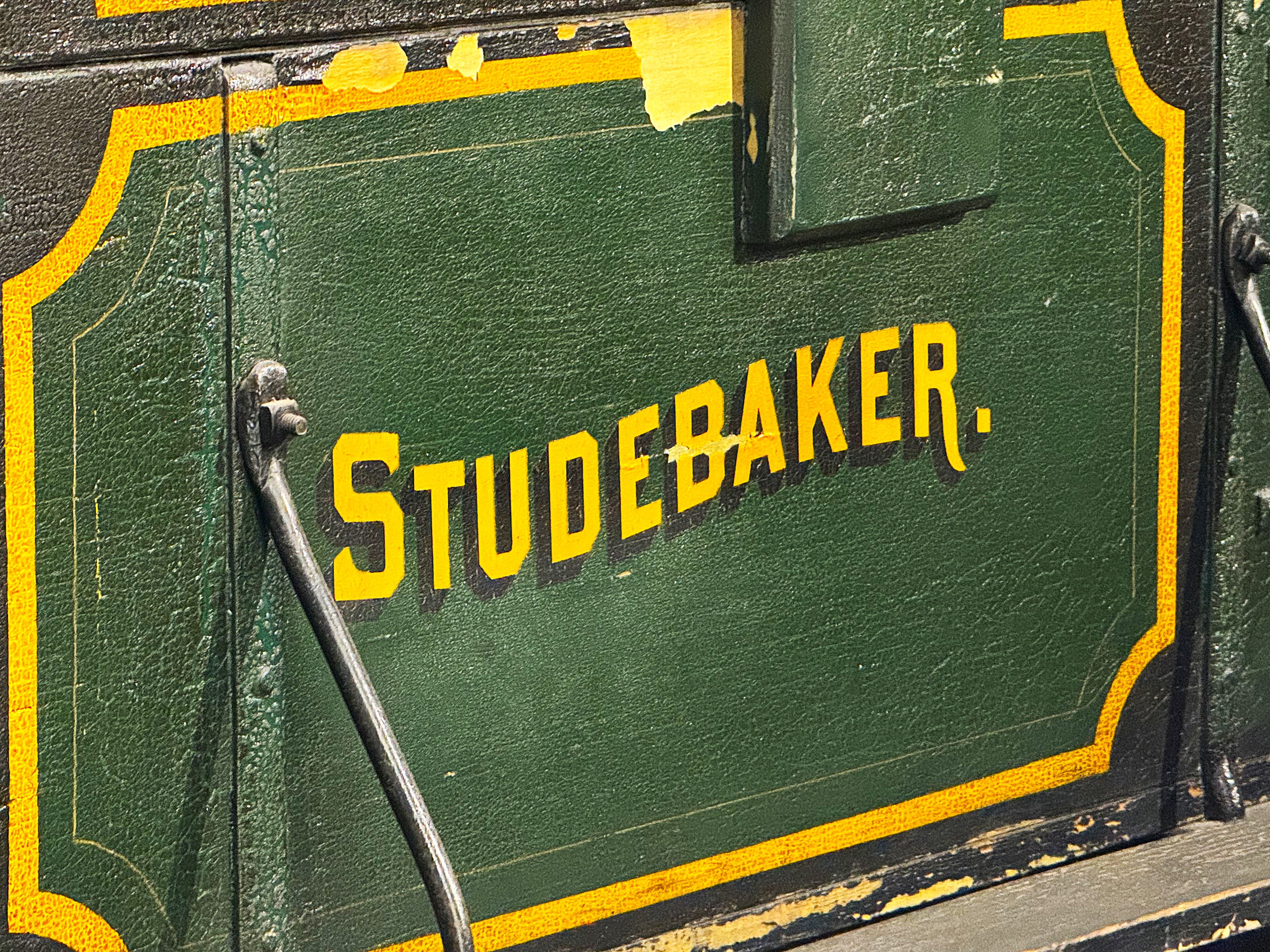As part of our continuing efforts to include all our writings in one place, I'm adding this story to our website. It was first published twenty-one years ago this month when Farm Collector magazine ran it in their June 2004 issue. The write-up is still highly pertinent, and I was reminded of it when I recently revisited the Studebaker Museum in South Bend, Indiana. With that as a bit of background, below is the original composition - with a few updates. Thanks for stopping in!
David
I enjoy researching old farm and freight wagon companies. So much so, that no matter where we travel, I usually find myself scanning roadside farms, homes, and businesses looking for telltale signs of vintage wheels. Maybe the passion comes from the thrill of chasing a good mystery or perhaps it's simply a kinship toward an all-but-forgotten way of life. Whatever the reason, the search keeps me young and, like any near forgotten art, there's always something new to experience and learn.
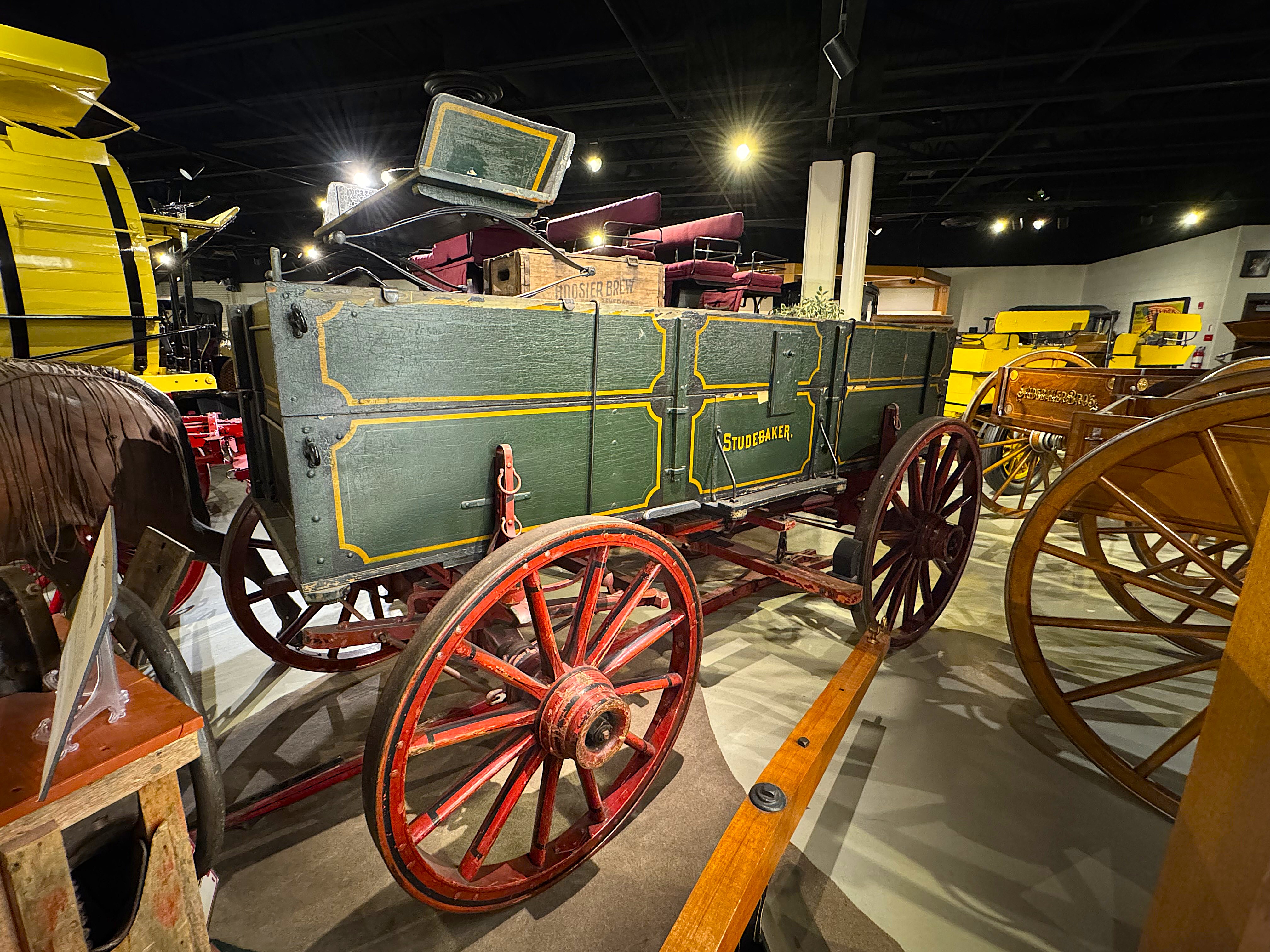
Knowing my fetish for old wagons, a friend had been telling me about a Studebaker he felt I needed to see in Kentucky. With my day job keeping me tied down, it seemed that I just never had the few days it would take to explore the eastern part of that state. When I finally took some time off, I was surprised at what I found. Sitting inside a barn, covered by a thin gray tarp, was a piece of yesterday... a workhorse on wheels that had long since been retired. Lifting off the canvas, the early morning sun lit up the faded and well-worn green paint of what had once been an American farmer's pride and joy.
Yellow pinstripes ran the length of the box and showed significant weathering from age and use. But it was the unmistakable flowing curves of the Studebaker emblems that really got my attention. Resting on an original Studebaker gear, the wagon still boasted bright logos on both sides of the box as well as the folding endgate. Conspicuously positioned below each logo, though, was the word 'Model'. It was painted in the same yellow and black tones as the Studebaker name but used a smaller block style of lettering. Hmmm... I'd never seen a farm wagon or even a vintage advertisement carrying the label of "Studebaker Model." Other than the painted stenciling identifying the selling dealer, I could find no other markings that might help shed some light on the puzzle. The extension to the Studebaker name was a difference that nagged at me. The owner couldn't explain it. Why was it there? Was it a variation of a Studebaker design? Was it an original piece? Where did it come from? Dozens of questions begged to be answered and so began my research into another chapter of the, mostly uncharted, history of America's wagon makers.
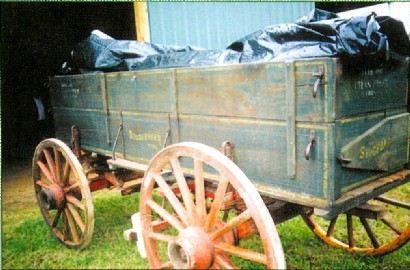
When we first uncovered this Studebaker, I was surprised to see the word, 'MODEL', alongside the Studebaker name.
Back home and in my own element, I was confident I could find some answers. I dug through a number of Studebaker catalogs, flyers, trade cards, print ads, and associated correspondence. I talked to wagon collectors and traders and even re-read some early Studebaker articles and book chapters. No luck. A month passed and, as fortune would have it, I happened across an old dealer price list from the Kentucky Wagon Company of Louisville, Kentucky. The flyer included prices and specifications on several brands of wagons and gears that Kentucky made. One of the brands featured was... you guessed it - the "Studebaker Model." I had found my first piece of the puzzle. As it turns out, it was a very big piece.
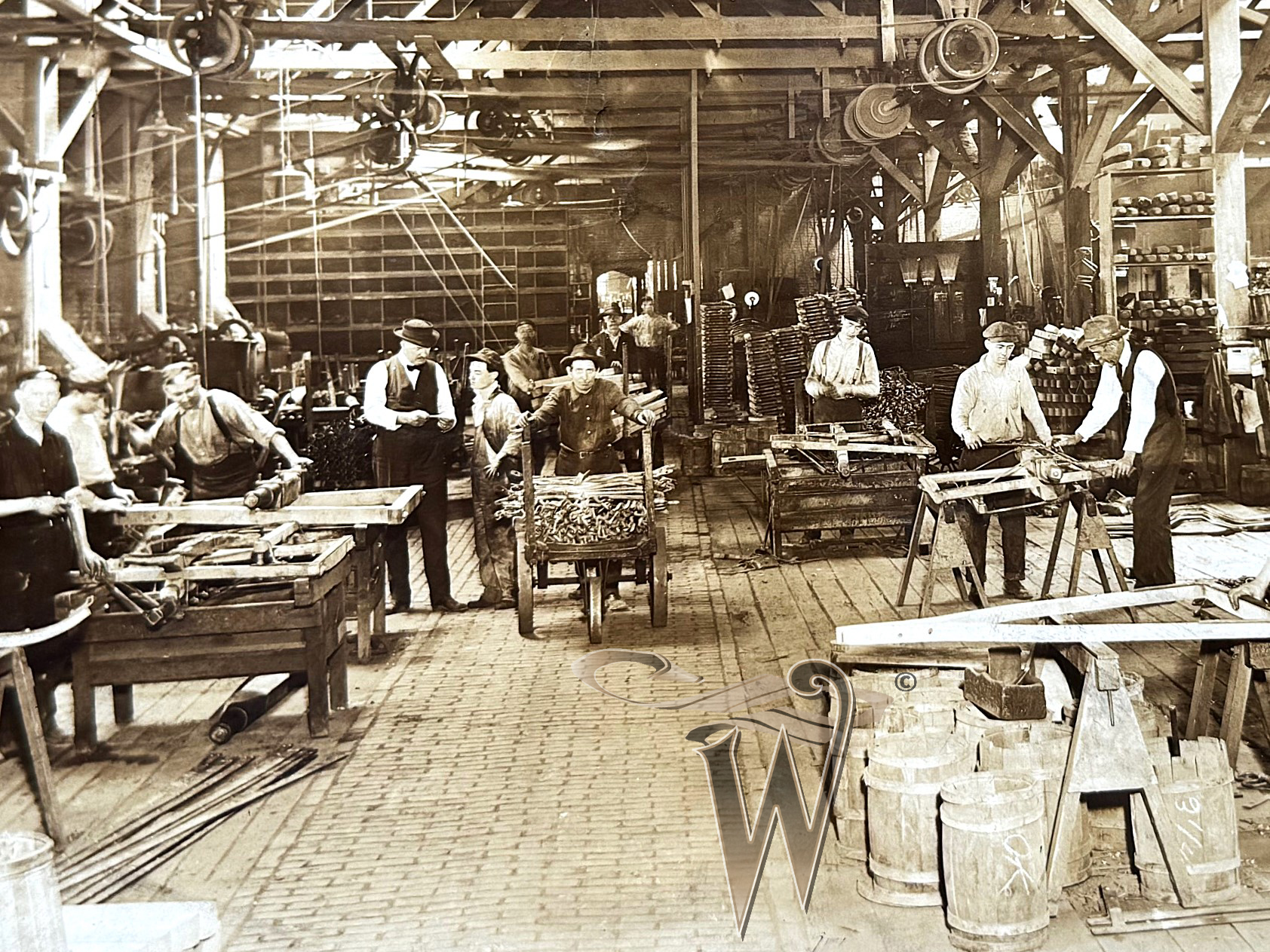
A rare image of Kentucky wagon employees putting together wagon running gears. It's another one-of-a-kind factory photo from our Wheels That Won The West® Archives
I knew that the Kentucky Wagon Company had purchased construction patterns and some parts from Studebaker after they officially closed the wagon business in 1920. But that's about all I had ever seen written about that relationship. Did Kentucky have an agreement allowing them to use the Studebaker name? To find out, I wrote to the Studebaker National Museum in South Bend and asked for any help they could provide. According to their archivist, this facet of Studebaker's history had never been explored in detail. However, with a little searching, they uncovered exactly what I was looking for... evidence of an old contract between the Studebaker Corporation and Kentucky Wagon Company. In the minutes of what is now a century-plus-old set of executive meeting notes, Studebaker not only resolved to sell the remaining wagons, wagon parts, patterns, blueprints, business records, and advertising materials, but also licensed Kentucky to use the Studebaker name on wagons built from the authentic Studebaker patterns. The resolution was dated January 5, 1921, and it authorized Kentucky to use the Studebaker name until June 30, 1923. Even though the Studebaker Company had ended their production of wagons, it seems there was still a great deal of life - and profit - in the status of the Studebaker identity.
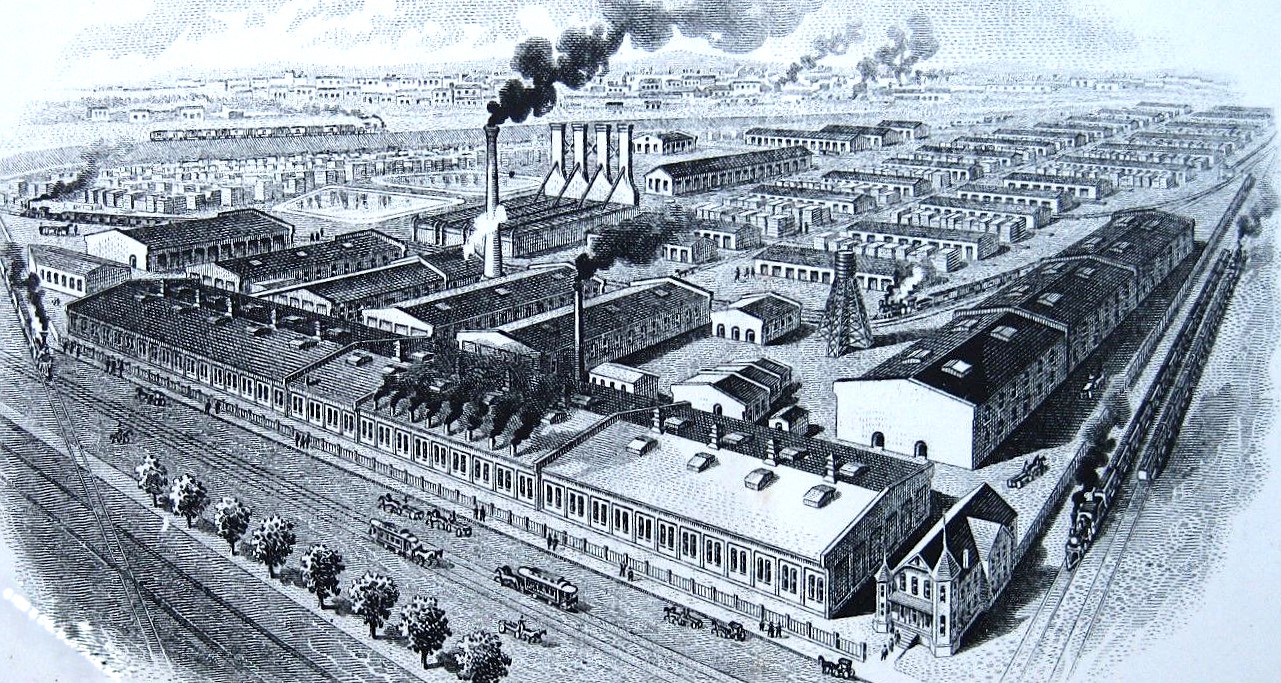
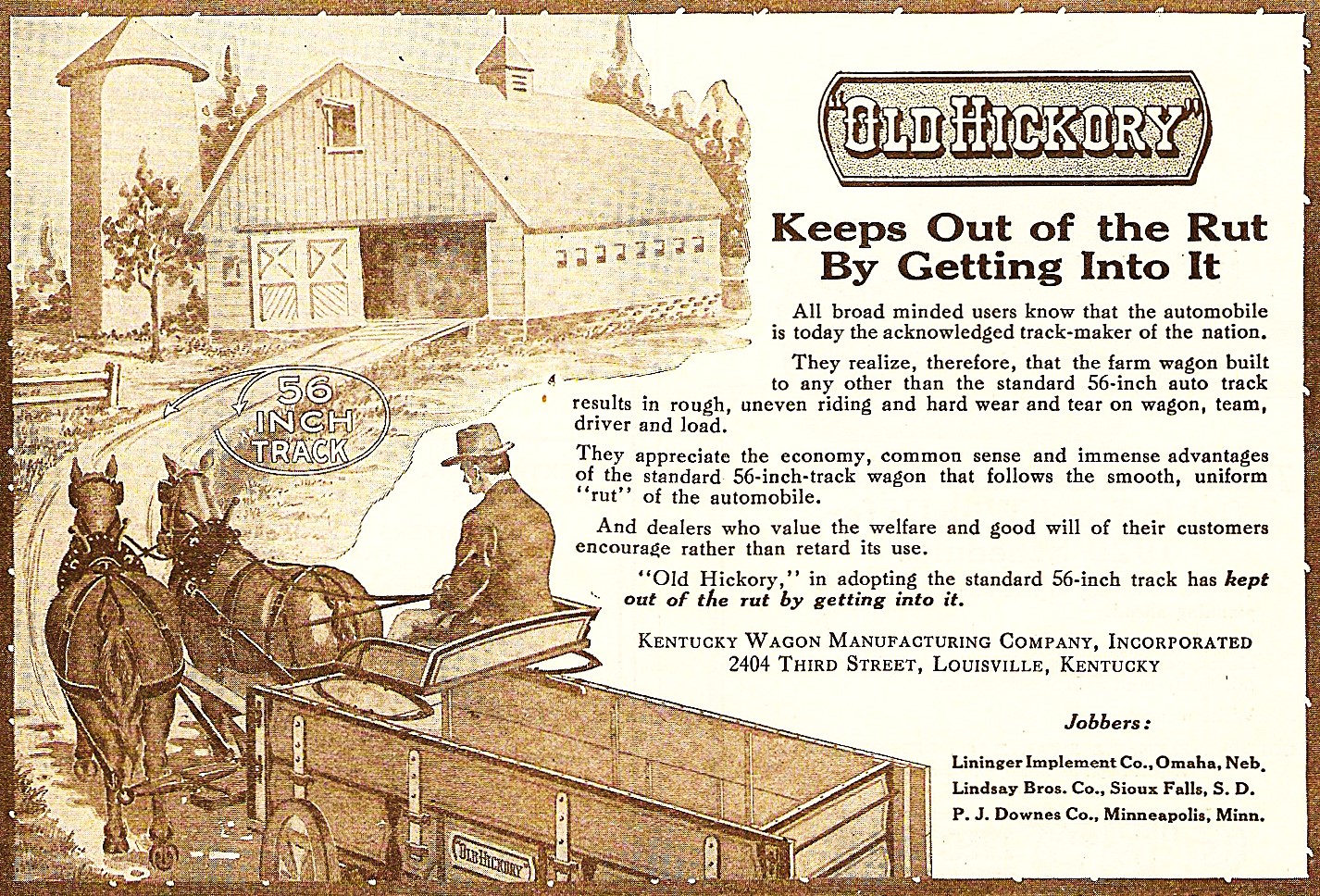
The agreement with Studebaker came none too soon. By the end of the twentieth century's second decade, the auto industry had staked its claim on the future and was running with a strong head of competitive steam. For wagon and carriage makers, it was a business environment that required a serious look at current strategies and goals. The purchase of Studebaker's blueprints and patterns allowed Kentucky to ease some of the pressure by reinforcing their image as a trustworthy brand with strong name recognition and the highest quality construction. The arrangement opened them up to an even broader customer base and, by aligning themselves with the sterling reputation and design features of Studebaker, it's a safe bet they added some of the country's best wagon dealers to their distribution system. Beyond the profits from the sale of the wagon division, the transition also benefited Studebaker by providing a quality outlet where existing Studebaker wagon owners could obtain original replacement parts and maintenance support... thereby continuing Studebaker's good will with its family of wagon owners.


A portion of a 1929 letter from the Kentucky Wagon Company. It accompanied a brochure outlining available parts for the Studebaker Model, Old Hickory, New Hickory, and Tennessee wagon brands.
While Kentucky continued to build wagons under the well-known names of Old Hickory, Kentucky, and Tennessee, this new acquisition allowed them to add another powerful brand to their lineup. Labeled as "The Studebaker Model," these wagons sported the same logo and proven design that the original wagons from South Bend had carried for almost three quarters of a century. According to early sales literature, the Studebaker Model was sold as both a one and two-horse wagon. Light, medium, and heavy grades were offered. Wheel sizes varied, with the one-horse wagon featuring 40-inch front and 44-inch rear wheels. Two-horse versions were available in a broader range of 36/40-inch, 40/44-inch, or 44/48-inch wheel heights. Additionally, tire sizes varied from 1 3/8 inches to 4-inch widths for two-horse wagons while the one-horse models were offered in 1 1/8 inch to 3-inch sizes.
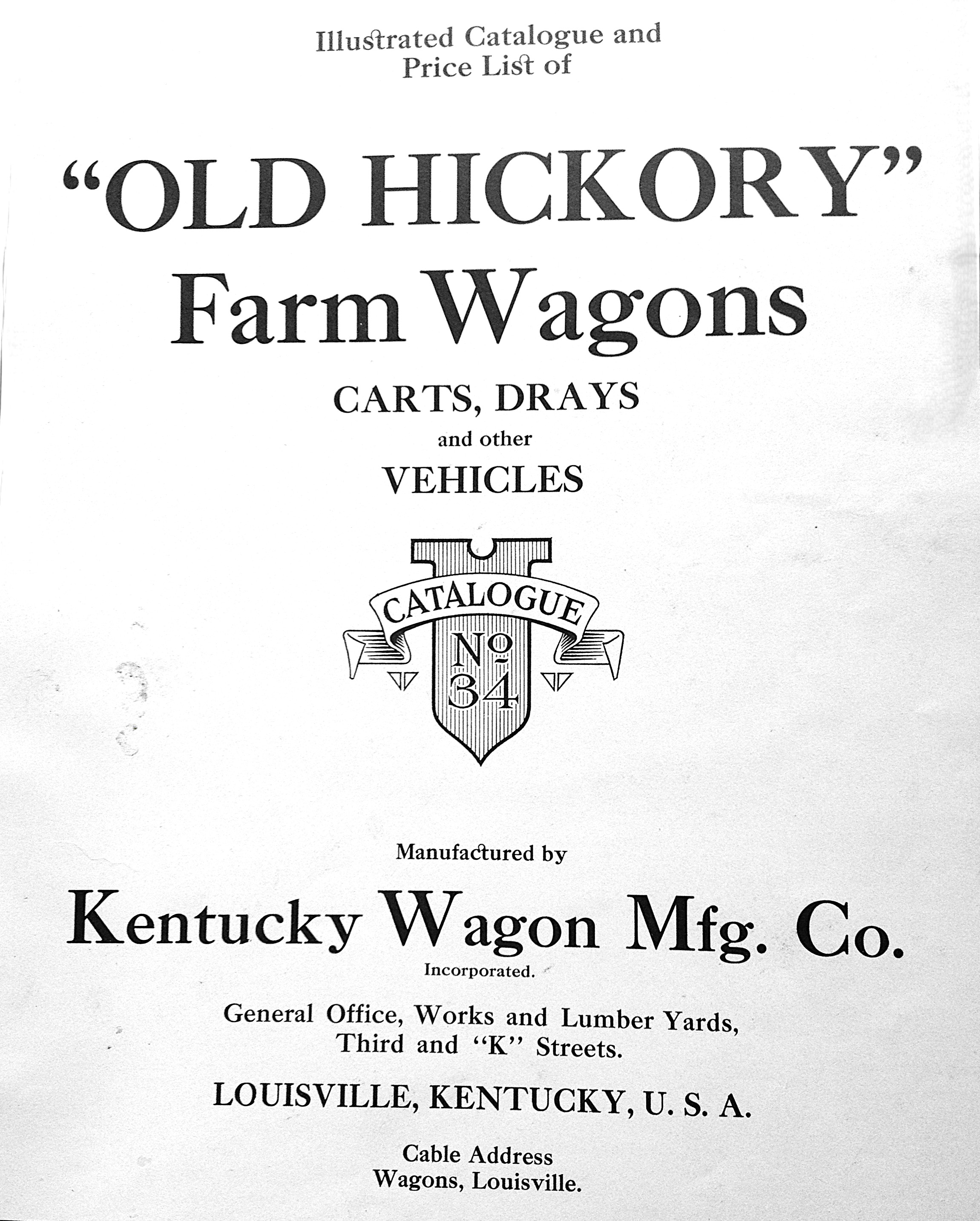
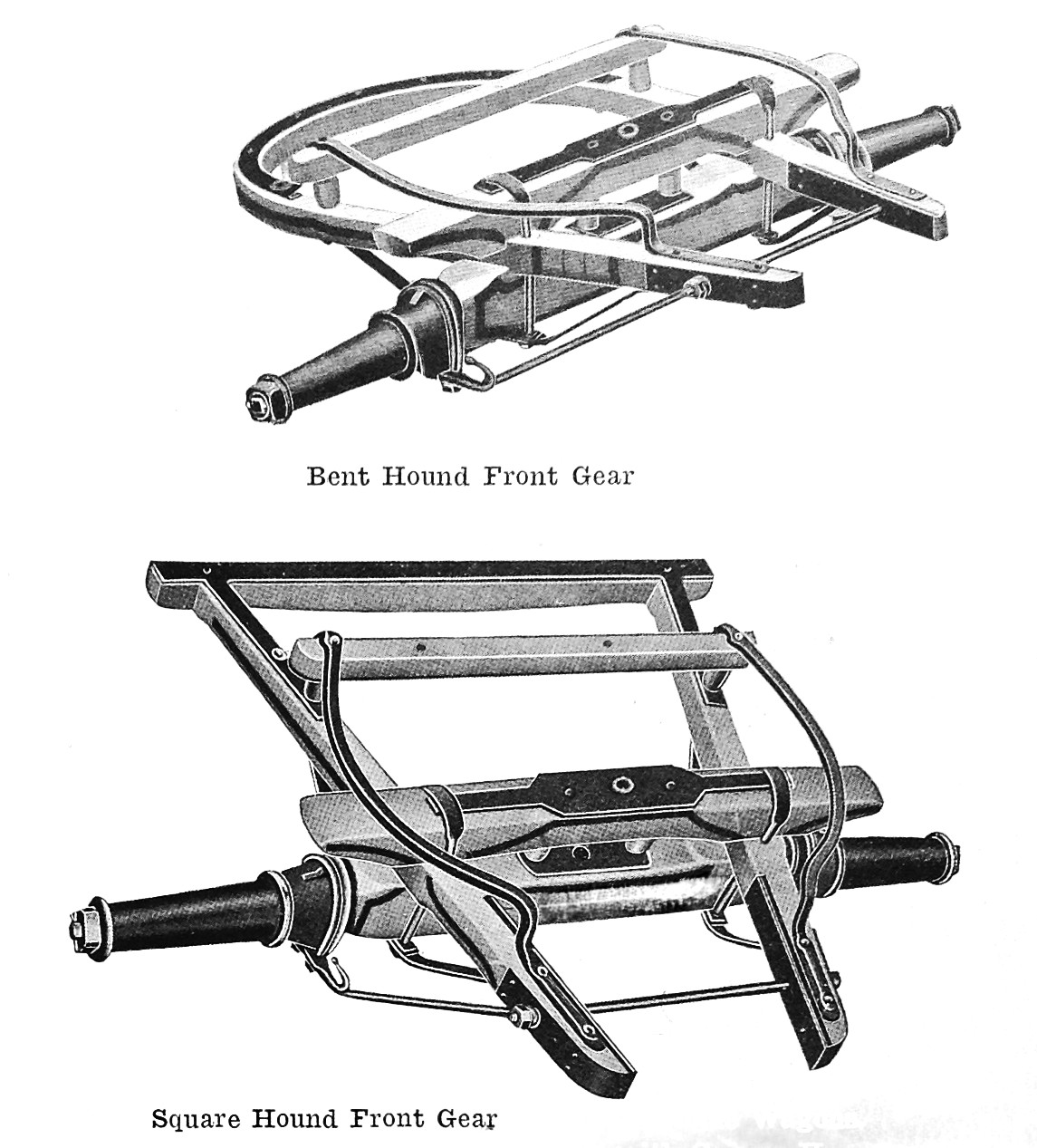
How many of these surrogate Studebakers have survived? It's difficult to say. They are certainly far from commonplace. With so few original business records remaining, it's even harder to know how many were actually built. However, the old Studebaker Model price list I had run across included a print date of July 15, 1928. From that single sales flyer, it appears that Kentucky was able to secure a significant extension to the original agreement limiting their use of the Studebaker name. In fact, according to other documents I've been able to locate, Studebaker was still referring customer inquiries to the Kentucky Wagon Company as late as June of 1929.
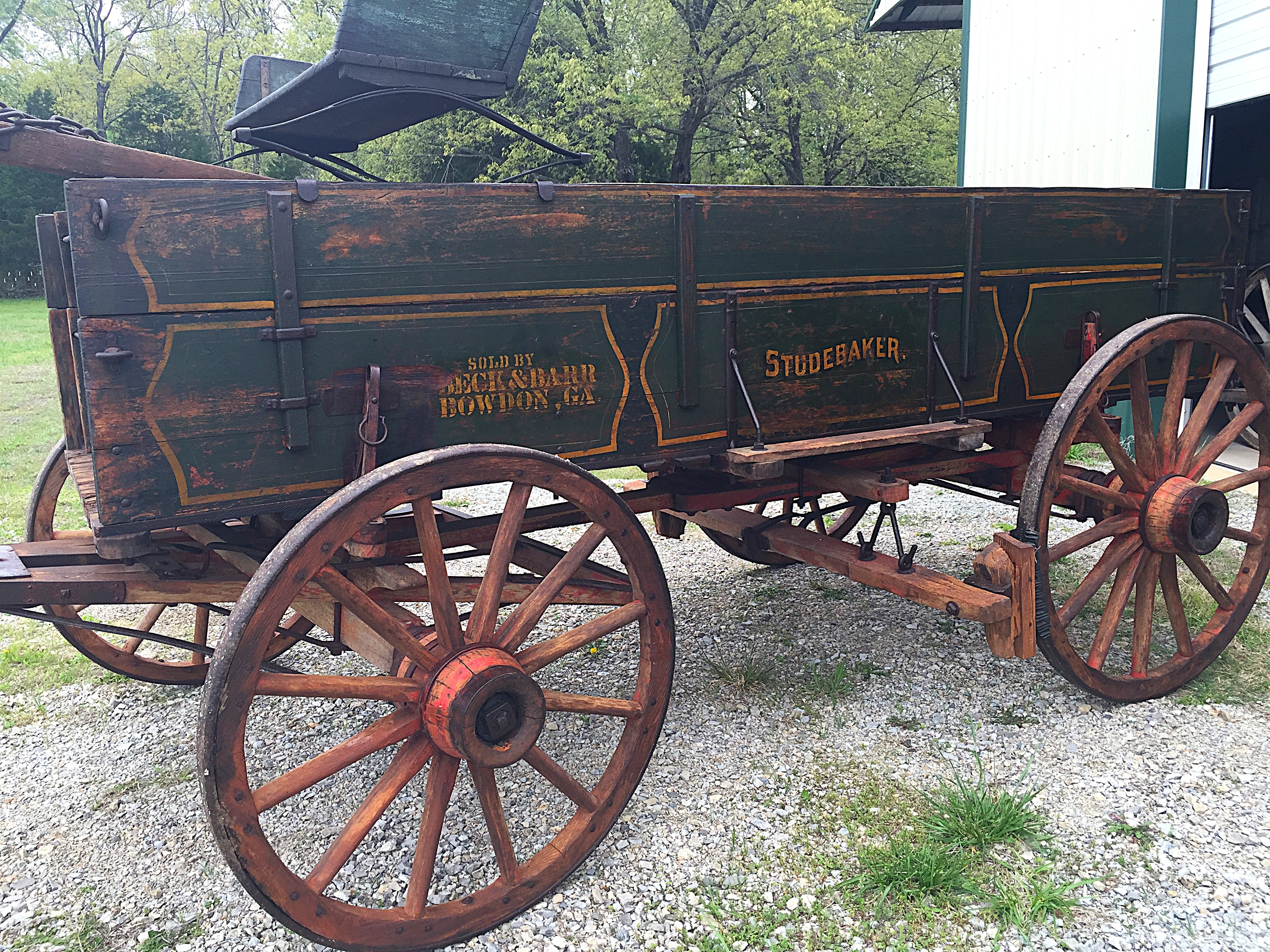
An ultra-rare 'Studebaker Model' available in our Vehicles section.
When it comes to collecting these old vehicles, the Studebaker name naturally attracts a lot of attention. As with any major brand, Studebaker will likely always have a solid core of fans. So, how does the Kentucky Studebaker fit into the list of vehicles sought by collectors, historians, and others? Time will tell. But with only a decade or so of production, it's clear that these are not only the last of the Studebaker wagons, but they are likely to also be among the hardest to find. (We stumbled across one of these survivors with great paint several years ago. See the 'Vehicles' section for more details.)

An ad from the early 1920s promoting the Dixie Flyer, built by Kentucky Wagon Manufacturing Co.
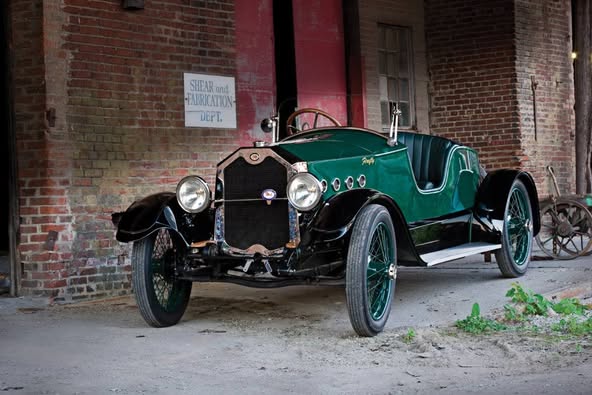
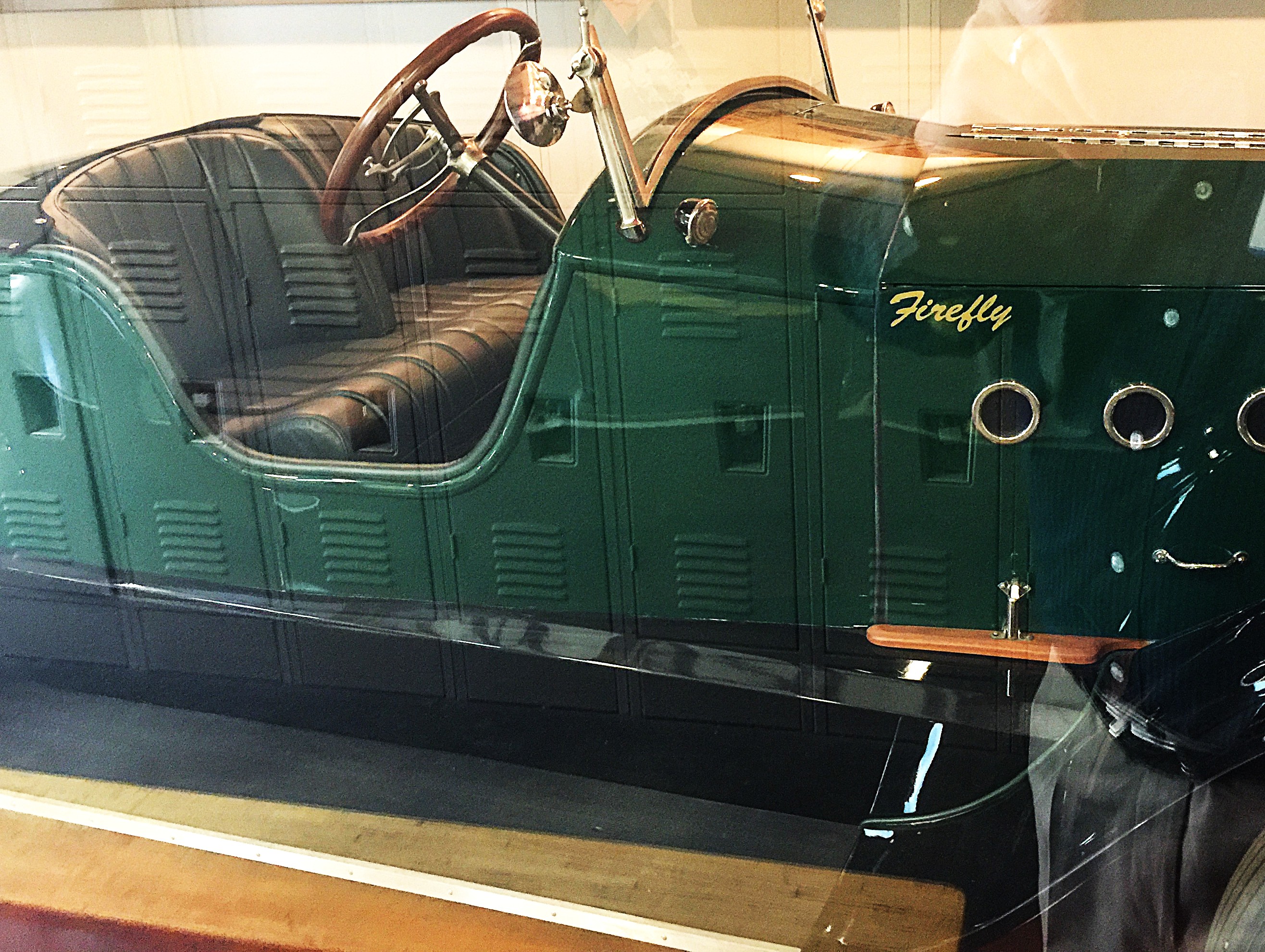
ADDITIONAL INFO...
The Kentucky Wagon Company was incorporated in 1879 in Louisville, Kentucky. In 1890, they acquired the interests of wagon builders Cherry, Morrow & Company of Nashville, Tennessee. This acquisition allowed them to add the well-known 'Tennessee' brand to their product lineup. Kentucky also marketed wagons under the names of Old Hickory, New Hickory, Hickory Jr., and Kentucky as well as 'American' dumping wagons. Throughout the late 1800s and early 1900s, each of the brands carried strong reputations and could be found almost anywhere in the country serving as chuck wagons, farm and log wagons, freight carriers, and business wagons. According to period accounts, Kentucky's facilities were among the largest and most modern available. By 1891, the firm employed nearly 600 craftsmen and produced up to 35,000 wagons/year. Kentucky also vied for its share of the early automobile business. Between 1912 and 1923, they added several electric and gasoline-powered vehicles to their product offerings. However, with immense competition from the automotive industry as well as the coming of the Great Depression, Kentucky found it hard to remain profitable. Ultimately, they became a victim of hard economic times and the very forward-thinking progress they had helped to foster. The last Kentucky wagons were built in the early 1930's.
Today, the legacy of the Kentucky brand continues under the banner of Kentucky Trailer. The company's connection to trailer manufacturing will date to the 1920s, while wagons were still being made. Early Kentucky trailers were built in a vast number of sizes, from small two-wheeled personal hitches to large commercial and industrial rigs and even early car haulers. Still residing in Louisville, Kentucky, the brand has been continuously involved in the manufacture of various forms of transportation since 1879. According to their website, they are the nation's leading custom trailer manufacturer and offer a full line of truck bodies and over-the-road specialty trailers. WTWTW
